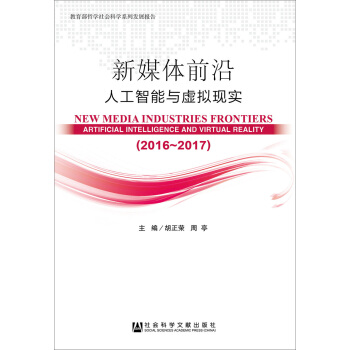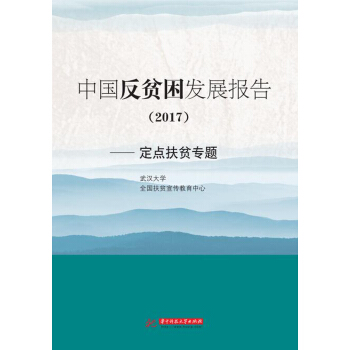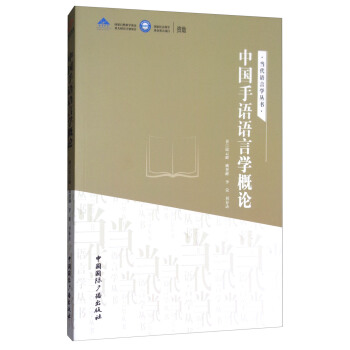![牛津社会语言学丛书·语言神话与英语历史 [Language Myths and the History of Engslish]](https://pic.tinynews.org/12294375/5aa797f2N49cf7f97.jpg)

具体描述
内容简介
社会语言学是研究语言与社会多方面关系的学科,它从社会科学的不同角度,诸如社会学、人类学、民族学、心理学、地理学和历史学等去考察语言。自20世纪60年代发端以来,社会语言学已经逐渐发展成为语言学研究中的一门重要学科,引发众多学者的关注和探究。“牛津社会语言学丛书”由国际社会语言学研究的两位领军人物——英国卡迪夫大学语言与交际研究中心的教授Nicolas Coupland和Adam Jaworski(现在中国香港大学英语学院任教)——担任主编。丛书自2004年由牛津大学出版社陆续出版以来,推出了一系列社会语言学研究的专著,可以说是汇集了这一学科研究的新成果,代表了当今国际社会语言学研究的高水平。
《牛津社会语言学丛书》从中精选出九种,引进出版。所选的这些专著内容广泛,又较贴近我国学者研究的需求,涵盖了当今社会语言学的许多重要课题,如语言变体与语言变化、语言权力与文化认同、语言多元化与语言边缘化、语言与族裔、语言与立场(界位)、语言与新媒体、语用学与礼貌、语言与法律以及社会语言学视角下的话语研究等等。其中既有理论研究,又有方法创新;既有框架分析建构,又有实地考察报告;既体现本学科的前沿和纵深,又展现跨学科的交叉和互补。
相信《牛津社会语言学丛书》的引进出版能为从事社会语言学研究的读者带来新的启示,进一步推动我国语言学研究的发展。
目录
1. Metaphors, myths, ideologies and archives1. Defining myths
2. Conceptual metaphors and myths
3. Language myths and conceptual metaphors
4. Foucault's understanding of discourse
5. Discourse archives
6. Myths are the "stuff that ideologies are made on"
7. The structure of the book
2. Establishing a linguistic pedigree
1. The fire at Ashburnham House
2. The myth of the longewty of English
3. Tracing the growth of interest in the Beowu/[manuscript
4. The dating of Beowulf
5. Kiernan's arguments
6. Sociolinguistic arguments in favour of a Danelaw provenance for Beowulf
7. Switching discourse archives
3. Breaking the unbroken tradition
1. Linking two myths
2. Metapragmatic and metadiscursive linguistic expressions and their significance in inscribed ora:lity
3. The Anglo-Saxon Chronicles and the archive they instantiated
4. The breakdown of the archive and inscribed orality
5. The disappearance of the ASC: The end of a discourse archive
4. The construction of a modern myth:Middle English as a creole
1. The creolisation hypothesis
2. The discussion thread "Is English a creole?"
3, The "Middle English is a creole" debate in the academicliterature
4. All language is language in contact
5. Simplification processes not resulting in a creole
6. Creolisation or no creolisation?
5. Barbarians and others
1. The nation-state and the notion of Kultursprache
2. Language versus a language versus the language
3. The"'other" chronicle tradition
4. Myths in the Polychronicon
5. Linking up and extending the myths
6. The central nexus of language myths
6. The myth of "greatness"
1. Introduction
2. Dating the GVS
3. A reappraisal of research work on an elusivephenomenon
4. GVS disputes
5. Challenging the GVS
6. Sociolinguistic aspects of the GVS
7. The myth of greatness reconsidered
7. Reinterpreting Swift's A Proposal for Correcting, Improving and Ascertaining the English Tongue: Challenging an embryonic modern myth
1. Potential new myths
2. The "ideology of the standard language" and the complaint tradition
3. Swift's Proposalas the beginning of a complaint tradition
4. Contcxtualising the Proposa/sociohistorically
5. Alternative readings of Swift's Proposal
6. Swift and after
8. Polishing the myths: The commercial side ofpoliteness
9. Challenging the hegemony of standard English
10. Transforming a myth to save an archive: When polite becomes educated
11. Commodifying English and constructing a new myth
12. Myths, ideologies of English and the funnel view of the history of English
References
Index
精彩书摘
《牛津社会语言学丛书·语言神话与英语历史》:A further "linguistic test" for the conjectured long manuscript history of Beowulf is phonetic/metrical. The argument runs as follows: certain half lines do not appear to scan well because they contain contractions. Hence in the "original" text they must have appeared with uncontracted forms; for example, gepeeon is said to appear in place of a reconstructed original *gel:ihan. The argument is spurious, however, since, in accordance with syllable theory in phonology (Roca & Johnson 1999, chap. 9; Zec 2007), both words are trisyllabic, and we can surely expect both performers and listeners (readers) to have had a good sense of the rhythmic and metrical conventions of their own poetry. In addition, if scribes were sensible enough to change *genihan to gebeon from one older manuscript to another, why did they fail to insert definite determiners into a large percentage of determiner less noun phrases in Beowulf ?
I will not run through the story of the hypothetical "early" form wundini, which resulted from a blind reliance on Zupitza's facsimile, except to say that it remains the only argument left to those who wish to use linguistic evidence to prove their hypothesis of the long manuscript history of Beowulf. Kiernan makes the eminently commonsense point that if one were to carry out a detailed study of the manuscript rather than the text, the hypothesised word wundini disappears, and the word that can be suggested (and only suggested because of the damage to the vellum at this point in the manuscript) is ,vunden, which would be perfectly normal for the poetry of the early eleventh century.
How can we account for the variation of forms that occur in the Beowulf manuscript? First, we should remember that sociolinguists know very little indeed about dialectal variation in pre-Conquest times. The estimated population of England at the tum of the eleventh century was between 1.5 million and 1.8 million. With relatively poor means of transportation overland, goods were more easily carried by boat around the coasts and up the navigable rivers, which led to population clusters in coastal areas and along the courses of such rivers as the Thames, the Severn, the Humber, the Trent, the Yorkshire Ouse and the Avon. So although population in those areas was not necessarily scattered, communication between them was not always easy. We would therefore expect a reasonably broad range of spoken dialects to have evolved from the fifth to the eleventh century, but we have little to go on apart from the written documents that have survived.
There are notorious difficulties in extrapolating from written documents to hypothesised oral usage, which I will not go into here. Suffice it to say that we can very broadly accept a range of dialects reaching from the northern limits of "English"-speaking territory (present-day Northumberland and the southeastern counties of lowland Scotland) down to the River Humber. These have traditionally been called "Northumbrian", although even within this large area there must have been degrees of variation. A second area stretched from the east coast south of the Humber across to the Welsh borders and as far south as the Thames valley, constituting the varieties that have tradition- ally been called "Anglian". Here, however, a language contact situation existed roughly to the east of the Roman road called Watling Street and created by widespread Danish settlement in those areas. We can assume that speakers of Danish in what was called the Danelaw area would have lost their mother tongue within roughly three generations if they were in frequent contact with speakers of Anglo-Saxon, but not before Danish had exerted a considerable lexical and morphological influence on eastern Anglian forms of Anglo- Saxon. The Danish (or it might be more appropriate to talk of "Norse") influence also extended into the Northumbrian area, and there is evidence that Danish (or Norse) was still spoken in York in the tenth century.
The two remaining dialect areas were Kentish south of the River Thames in the southeastern part of the country as far as the coast, and West Saxon roughly south of the Thames to the coast and stretching west as far as the Bristol Channel coast, Cornwall and the River Severn. The struggle for the control of England after the Danish incursions of the late eighth and ninth centuries led to the hegemony of the West Saxon royal house and, from the time of King Alfred on, the imposition of a proto-standard written variety of West Saxon.
……
用户评价
阅读此书的过程,仿佛经历了一次对既有知识体系的温柔而坚定的“祛魅”。作者在书中展现出的批判精神令人印象深刻,他敢于挑战那些流传已久、被奉为圭臬的语言学“神话”和“常识”,并且用扎实的证据和缜密的推理去解构它们。这种打破砂锅问到底的求真精神,对于学术探索来说至关重要。我尤其喜欢他处理那些模棱两可的历史断层时的态度——坦诚地承认研究的局限性,而不是用空泛的断言来掩盖知识的空白。这种诚实的学术态度,反而让整本书的权威性得到了提升。读完之后,我不仅学到了新的知识点,更重要的是,我的思维模式似乎也被重塑了,学会了用更审慎、更具批判性的眼光去审视我们习以为常的语言现象。
评分这本书最大的魅力或许在于它对“历史语境”的强调,它不把语言看作是一套静止的规则系统,而是将其置于不断变化的社会、文化和权力结构之中进行考察。作者似乎总是在提醒我们,语言的每一次“演化”背后,都影射着更深层次的人类活动和社会诉求。例如,在探讨某些词汇的意义漂移时,作者没有止步于词源学的分析,而是深入剖析了当时社会阶层的变动、意识形态的更迭是如何潜移默化地重塑人们对这些词汇的理解的。这种将语言学研究“社会化”的路径,使得阅读体验变得无比丰满和立体。它让我们意识到,学习语言历史,其实就是在重温一部复杂而迷人的社会变迁史,这对于我们理解当代语言现象也具有极强的启发意义。
评分这本书的叙事节奏把握得极为高明,它没有陷入传统学术著作那种枯燥、平铺直叙的泥淖,反而像一位经验丰富的导游,带着读者深入一个又一个语言演变的迷宫。作者显然深谙如何构建悬念和铺陈论点,使得原本可能晦涩难懂的语言学概念,在娓娓道来中变得生动起来。我特别欣赏它在引入新观点时所采用的“先设问,后解答”的结构,这种方式极大地激发了读者的求知欲。你会感觉自己不是被动地接受知识,而是在与作者进行一场平等的、充满思辨的对话。特别是当涉及到那些看似已被定论的语言学“常识”时,作者总能巧妙地抛出反例或者提出新的解读视角,让人不禁拍案叫绝,感觉自己的认知边界被悄悄拓宽了。这种行文的流畅度和内在的张力,是很多专业书籍所欠缺的。
评分这本书的装帧设计着实让人眼前一亮,那种厚重又不失典雅的质感,仿佛预示着内里蕴含着非同一般的学术深度。初拿到手时,那种沉甸甸的分量感,就让人对它产生了莫名的敬意。内页的纸张选择也十分考究,没有那种廉价的光泽,而是带着一种恰到好处的哑光质感,即便长时间阅读,眼睛也不会感到疲劳。字体排版上,疏密有致,行距和字间距都拿捏得恰到好处,使得复杂的理论和繁复的引文都能被清晰地呈现出来,这对于我们这些需要精读的读者来说,简直是福音。而且,边距的处理也很到位,留出了足够的空间供读者做笔记和批注,足见出版方在细节上的用心。总的来说,从物理形态上看,这本书就散发着一种“值得珍藏”的气息,它不仅仅是一本知识的载体,更像是一件精心制作的工艺品,让人在阅读之前就已经收获了一份愉悦的仪式感。
评分这本书的理论框架构建得异常扎实,逻辑链条紧密得几乎无懈可击。它不是零散地堆砌史料或者零星的语言现象,而是围绕着几个核心的、具有强大解释力的母题进行深层挖掘。我感觉作者在进行研究时,一定是进行了地毯式的文献梳理,然后从中提炼出了最关键的几个驱动力,并将其作为锚点,串联起整个论述。每当我在阅读某个章节时,总能清晰地感受到不同历史阶段的语言变迁是如何相互影响、彼此制约的,而不是孤立地存在。这种宏观与微观结合的叙事方式,让读者在理解具体语言细节的同时,也能够把握住整个语言发展的大脉络,避免了只见树木不见森林的弊病。这种结构上的严谨性,为全书的论证提供了坚实的基础。
相关图书
本站所有内容均为互联网搜索引擎提供的公开搜索信息,本站不存储任何数据与内容,任何内容与数据均与本站无关,如有需要请联系相关搜索引擎包括但不限于百度,google,bing,sogou 等
© 2025 book.idnshop.cc All Rights Reserved. 静思书屋 版权所有

![牛津社会语言学丛书·交际界位研究:社会语言学视角 [Stance Sociolinguistic Perspectives] pdf epub mobi 电子书 下载](https://pic.tinynews.org/12294417/5aa797f2Nc0fb7833.jpg)


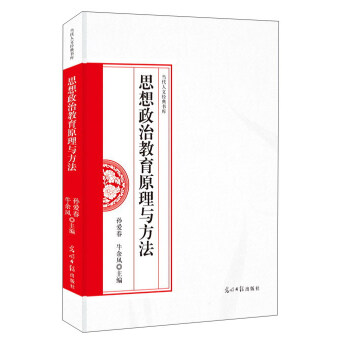
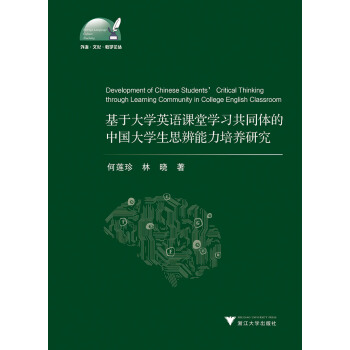



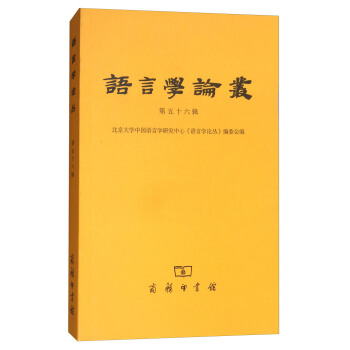

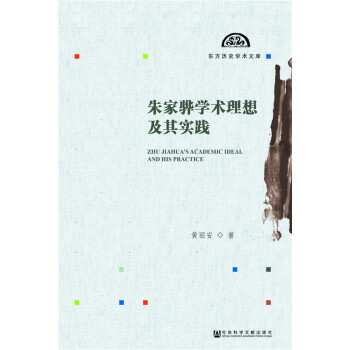
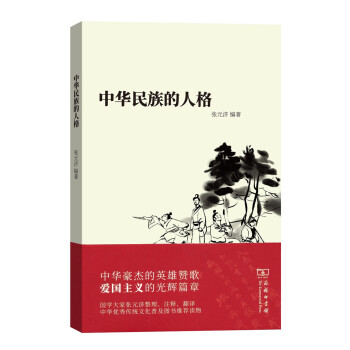

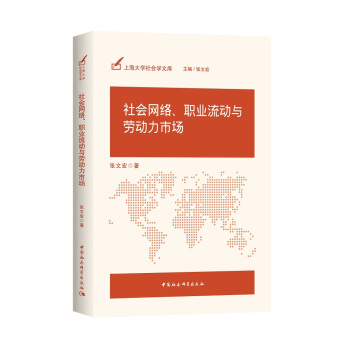


![中国高技术产业统计年鉴(2017 附光盘) [China Statistics Yearbook on High Technology Industry] pdf epub mobi 电子书 下载](https://pic.tinynews.org/12297676/5a717fecN8baf2e9b.jpg)
